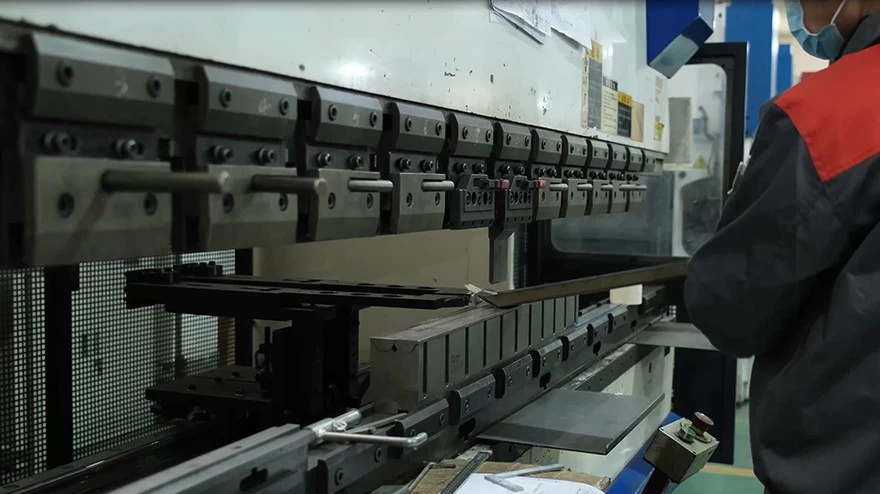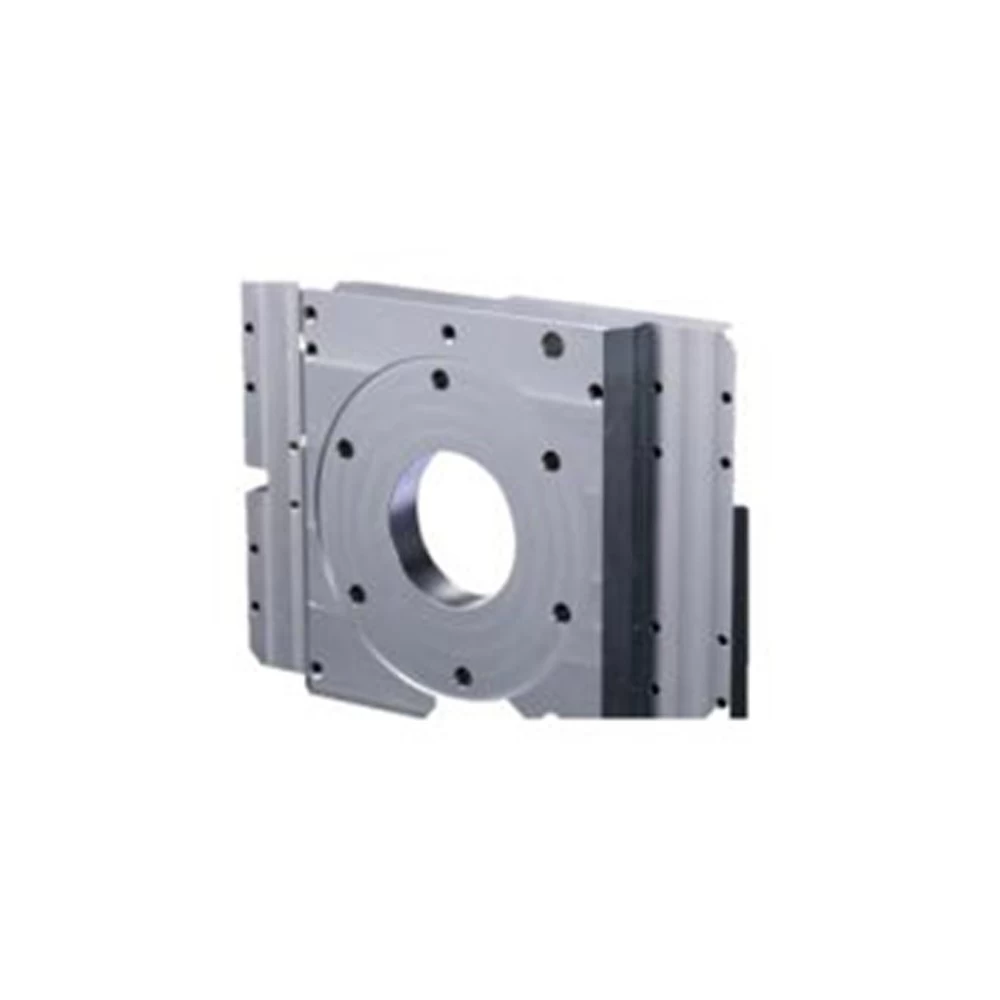Common Types Of Sheet Metal Bending Techniques
What Is Sheet Metal Bending?
Sheet metal bending is a metal forming process in which a sheet metal workpiece is bent along a straight line or a curved line to create a desired shape or angle. It is commonly used in various industries, such as automotive, aerospace, construction, and manufacturing.
Sheet Metal bending is the ability to manipulate and shape metal objects using supernatural or extraordinary powers. It is often depicted in fictional works, particularly in fantasy and superhero genres. Metal benders are able to control and reshape metal with their minds or physical touch, bending it to their will. This ability can be used for various purposes, such as creating weapons, constructing structures, or defending oneself in combat. Examples of metal bending can be found in popular media, such as the character Magneto from X-Men, who has the power to control and manipulate metal.

Common Types Of Sheet Metal Bending Techniques
1. V-Bending: This is the most common and simplest bending technique, where the sheet metal is bent into a V-shaped groove using a punch and die. The angle of the V-shaped bend can be adjusted by changing the width of the die opening.
2. U-Bending: Similar to V-bending, but the sheet metal is bent into a U-shape instead. This technique is often used for creating channels or enclosures.
3. Bottoming: In this technique, the sheet metal is bent to its final shape by pressing it against a flat surface or bottom die. This ensures a precise and accurate bend angle.
4. Air Bending: Air bending involves bending the sheet metal using a punch and die without touching the bottom surface. The material is bent by applying pressure from above, allowing for greater flexibility in bend angles and minimizing the risk of damage to the sheet metal.
5. Coining: Coining is a technique used to create precise and sharp bends in sheet metal. It involves applying high pressure to the material between the punch and die, resulting in a well-defined bend with minimal springback.
6. Rotary Bending: In rotary bending, the sheet metal is bent around a rotating die, creating a curved or circular shape. This technique is commonly used for creating cylindrical or tube-like structures.
7. Roll Bending: Roll bending involves passing the sheet metal through a series of rollers to gradually bend it into a desired shape. This technique is often used for creating curved or rounded edges.
8. Folding: Folding is a technique where the sheet metal is bent along a straight line to create a sharp edge or a 90-degree angle. It is commonly used for creating boxes or enclosures.

These are just a few of the common China sheet metal bending techniques, and each technique has its own advantages and applications depending on the desired shape and requirements of the project.
China Sheet metal bending is a versatile and widely used process in the manufacturing industry, as it allows for the creation of complex shapes and angles with high precision. It is commonly used in the production of components for machinery, enclosures, brackets, automotive parts, and many other applications.












